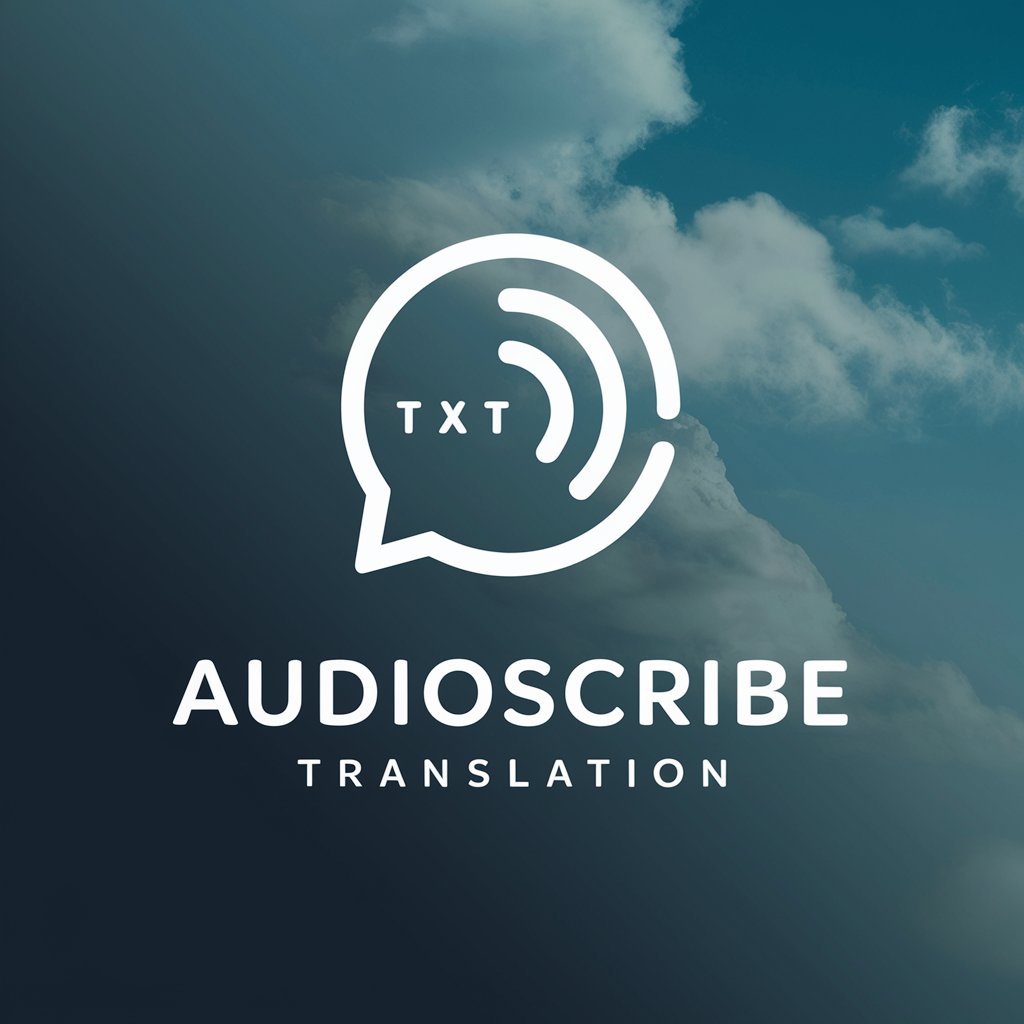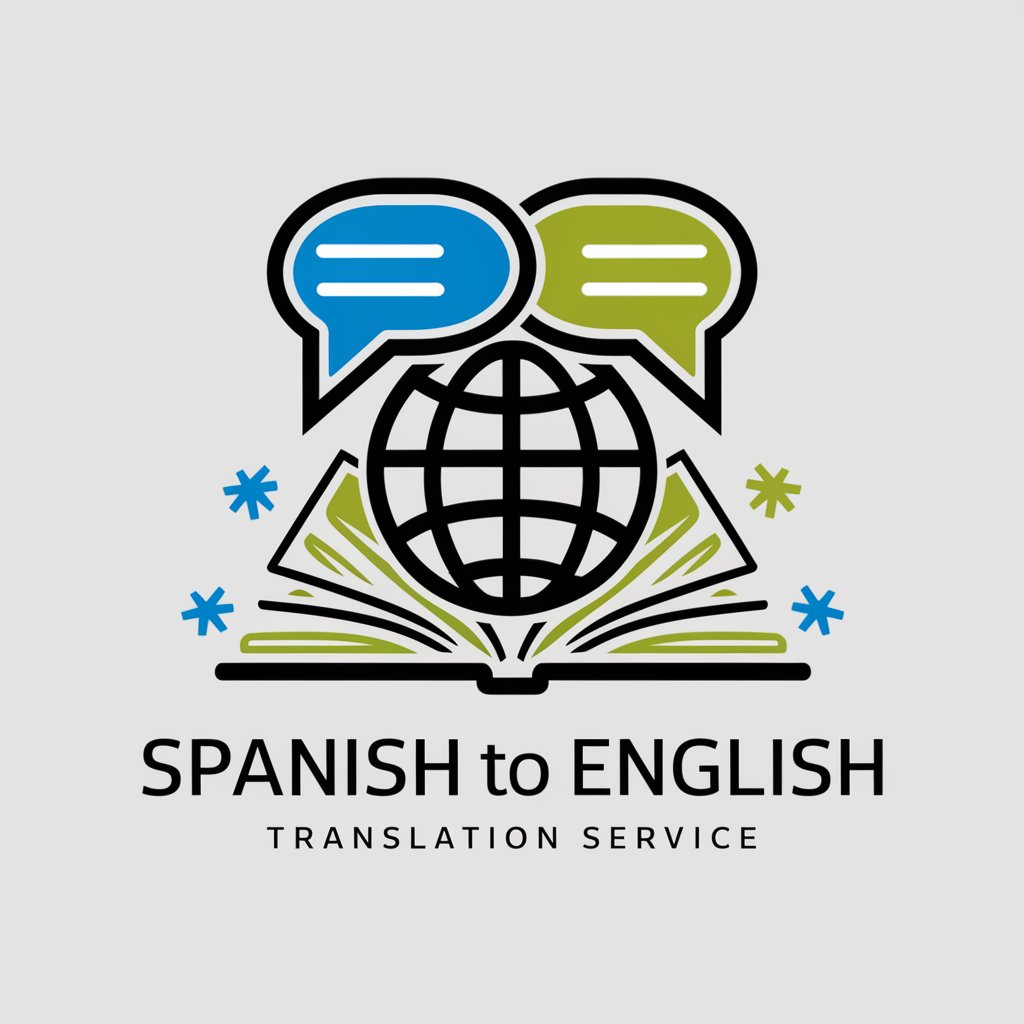3 GPTs for Media Subtitling Powered by AI for Free of 2025
AI GPTs for Media Subtitling refer to advanced generative pre-trained transformer models specifically designed to automate and enhance the creation of subtitles for various media content. These AI tools leverage natural language processing and understanding to generate accurate and contextually relevant subtitles for videos, films, and broadcasts. By adapting to the intricacies of language and the specific requirements of media subtitling, such as timing, formatting, and cultural nuances, AI GPTs offer tailored solutions that improve accessibility, viewer engagement, and global reach of media content.
Top 3 GPTs for Media Subtitling are: AudioScribe Translator,Spa to Eng,French English Translation Pro
Essential Attributes and Functions
AI GPTs tools for Media Subtitling exhibit unique features including high adaptability to different languages and dialects, automatic transcription of spoken dialogue, synchronization of subtitles with audio, and customization of subtitle formatting according to industry standards. Advanced models can learn from feedback, improving accuracy over time. They support multiple languages, offer real-time subtitling capabilities, and can integrate with various media editing platforms, making them versatile tools for media professionals.
Who Benefits from AI-Driven Subtitling
The primary beneficiaries of AI GPTs for Media Subtitling include content creators, media production companies, streaming service providers, and educational institutions. These tools are accessible to novices who require straightforward subtitling solutions, as well as to developers and media professionals seeking customizable options for more complex projects. By offering user-friendly interfaces and programmable features, these AI tools democratize media subtitling, making it more efficient and accessible.
Try Our other AI GPTs tools for Free
Blockchain Fundamentals
Discover AI GPTs for Blockchain Fundamentals, the advanced AI tools designed to demystify blockchain technology for learners and professionals alike through tailored content and solutions.
Creative Coloring
Explore the innovative world of AI GPTs for Creative Coloring, offering tailored solutions for color scheme generation, color theory advice, and more, designed for creators at all levels.
Classroom Resources
Discover how AI GPTs for Classroom Resources are revolutionizing education with customized content generation, interactive learning experiences, and seamless integration into existing systems.
Research
Explore AI GPTs for Research, the cutting-edge tools designed to revolutionize the research process with advanced data analysis, literature review capabilities, and more.
Reference Generation
Explore AI GPT tools for Reference Generation, the ultimate solution for streamlined, accurate, and context-aware referencing. Ideal for academics, researchers, and writers.
Technique Personalization
Discover how AI GPTs for Technique Personalization can transform your approach with tailored solutions designed to meet individual needs, enhancing productivity and engagement.
Further Perspectives on Customized AI Solutions
AI GPTs for Media Subtitling not only streamline the subtitling process but also offer scalability and customization options that adapt to varying project demands. Their integration with existing workflows and their ability to learn from user feedback exemplify how AI technologies are becoming indispensable in the media sector, providing solutions that are both innovative and accessible.
Frequently Asked Questions
What are AI GPTs for Media Subtitling?
AI GPTs for Media Subtitling are AI-powered tools designed to automate the creation of accurate and contextually relevant subtitles for various media formats, using natural language processing technologies.
How do these AI tools improve subtitling?
They enhance subtitling by providing automatic transcription, real-time synchronization with audio, adapting to different languages and dialects, and allowing for customization of subtitle formatting.
Can AI GPTs handle different languages and dialects?
Yes, advanced AI models are capable of adapting to a wide range of languages and dialects, making them suitable for global media content production.
Are there customization options for media professionals?
Absolutely, developers and media professionals can access APIs and programming interfaces to customize the AI's functionality for specific project requirements.
Do these tools require coding skills to use?
No, many AI GPTs for Media Subtitling offer user-friendly interfaces that require no coding skills, making them accessible to novices and non-technical users.
How do AI GPTs learn and improve over time?
These AI tools utilize machine learning algorithms that allow them to learn from corrections and feedback, continuously improving their accuracy and efficiency.
Can these AI tools be integrated with existing media editing platforms?
Yes, many AI GPTs are designed to integrate seamlessly with popular media editing software and platforms, enhancing workflow efficiency.
What makes AI GPTs for Media Subtitling different from traditional subtitling tools?
Unlike traditional tools, AI GPTs offer automation, real-time processing, adaptability to languages, and learning capabilities, which significantly reduce manual effort and improve subtitle quality.


